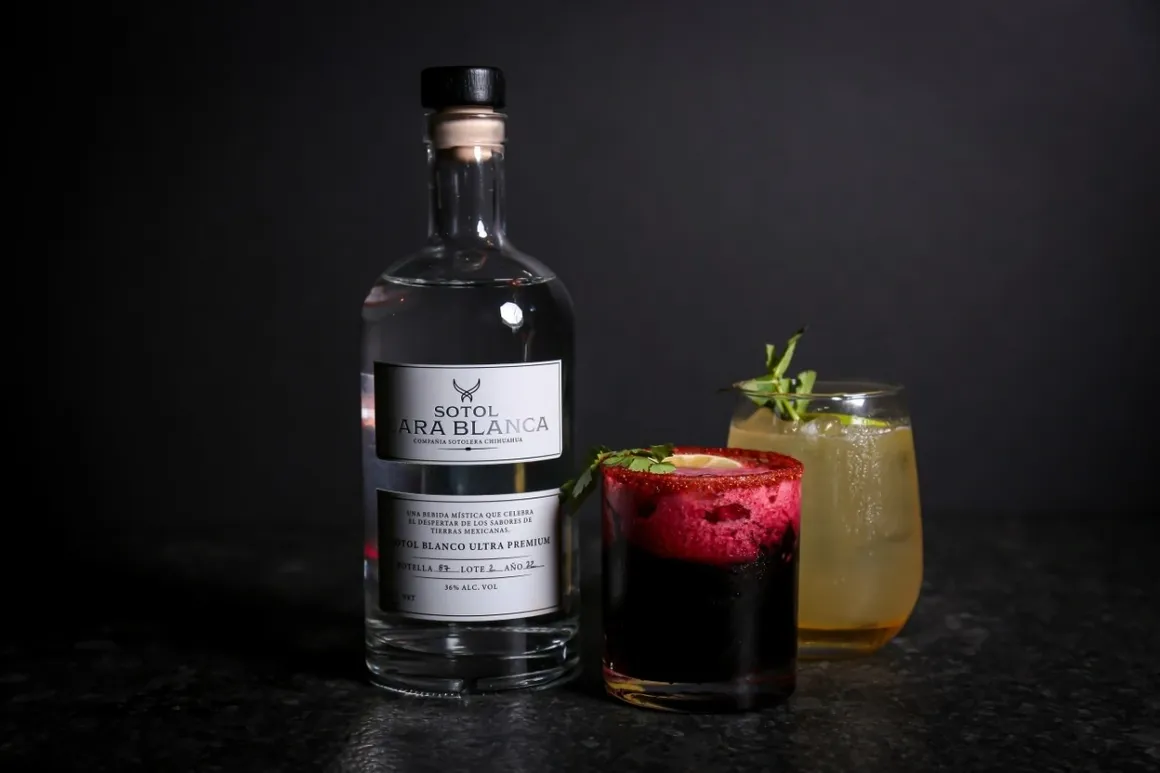In the vast semi-arid regions of northern Mexico, where cacti stretch to the horizon and rugged mountains dominate the landscape, there is a unique plant that has been prized for centuries: sotol. This traditional Mexican spirit, often compared to mezcal and tequila, has been gaining popularity both in Mexico and abroad for its flavor complexity and rich history. In this article, we'll explore what sotol is, how it's made, and why it's capturing the attention of spirits connoisseurs around the world.
Origins and history of sotol
Sotol, whose scientific name is Dasylirion wheeleri, is a plant in the Asparagaceae family that grows wild in northern Mexico and parts of the southwestern United States. For centuries, indigenous communities in the region have used sotol not only as a food source, but also to make a distilled alcoholic beverage that bears the same name.
The indigenous people of the Chihuahua region, in Mexico, were the first to distill sotol. They used traditional methods that have been passed down from generation to generation. The resulting drink, known simply as sotol, has been an integral part of the region's culture and tradition for centuries. although its popularity has been mainly limited to local communities.
Preparation of Sotol
The process of making sotol is similar to that of mezcal and tequila, although with some key differences. It begins with the harvest of sotol pineapples. These are in the heart of the plant and contain the sugars necessary for fermentation and distillation. These piñas are cooked in earth ovens or autoclaves. All to convert starches into fermentable sugars.
Once cooked, the pineapples are ground to extract the juice, which is then fermented in large wooden or stainless steel vats. After fermentation, the liquid is distilled in copper stills. There the alcohols are separated and white sotol is obtained, which is the purest and unaged form of the drink. Some producers choose to age sotol in oak barrels to give it a smoother and more complex flavor.
Flavor profiles and varieties
Sotol offers a wide range of flavor profiles. They range from herbal and earthy notes to floral and fruity touches. All of this depends on factors such as the variety of sotol used. Also about the terroir and production methods. Some sotoles may have a more robust and smoky character, while others are softer and more delicate.
As for varieties, there are three main types: blanco (unaged), reposado (rested in barrels for a short period of time), and añejo (aged in barrels for several years). Each type offers a unique flavor experience. From the freshness and liveliness of white sotol to the depth and complexity of aged sotol.
Popularity and global market
Although sotol has long been a hidden treasure of Mexico, in recent years it has gained popularity. This has happened both at home and abroad, as consumers look for interesting and authentic alternatives to more traditional spirits like tequila and mezcal. With its rich history, variety of flavors and artisanal production methods, sotol has captured the imagination of spirits connoisseurs around the world. It is now becoming an increasingly popular choice in high-end bars and restaurants.
 In short, sotol is much more than just an alcoholic beverage. It is a symbol of the rich culture and tradition of northern Mexico and its gastronomy. With its wide range of flavors and fascinating history, it is destined to continue gaining fans and captivating palates around the world. If you have the opportunity to try this unique drink, you will not be disappointed with its distinctive flavor and authentic character.
In short, sotol is much more than just an alcoholic beverage. It is a symbol of the rich culture and tradition of northern Mexico and its gastronomy. With its wide range of flavors and fascinating history, it is destined to continue gaining fans and captivating palates around the world. If you have the opportunity to try this unique drink, you will not be disappointed with its distinctive flavor and authentic character.







